Can a robot ever become your friend?
Researchers are making machines that can hug you, laugh with you and more
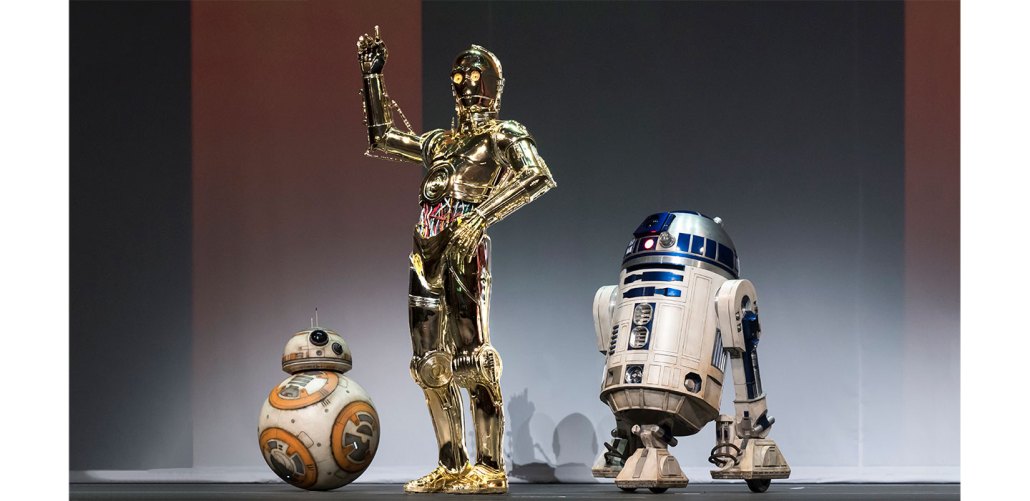
In the Star Wars movies, droids BB-8, C-3PO and R2-D2 not only have distinct personalities, but also can converse and seem to form friendships with humans. Real robots can’t do that — at least not yet.
Tomohiro Ohsumi/Stringer/Getty Images Entertainment/Getty Images
Share this:
- Share via email (Opens in new window) Email
- Click to share on Facebook (Opens in new window) Facebook
- Click to share on X (Opens in new window) X
- Click to share on Pinterest (Opens in new window) Pinterest
- Click to share on Reddit (Opens in new window) Reddit
- Share to Google Classroom (Opens in new window) Google Classroom
- Click to print (Opens in new window) Print
Would you hang out with R2-D2 if you got the chance? Seems like it could be pretty fun. In the Star Wars movies, droids appear to form meaningful friendships with people. In real life, however, robots can’t actually care about anyone or anything. At least, not yet. Today’s robots can’t feel emotions. They also have no self-awareness. But that doesn’t mean they can’t act friendly in ways that help and support people.
An entire field of research called human-robot interaction — or HRI for short — studies how people use and respond to robots. Many HRI researchers are working to make friendlier, more trustworthy machines. Some hope true robot friendships may one day prove possible.
“That’s totally what my aim is,” says Alexis E. Block. And, she adds, “I think we’re on the right track. But there’s a lot more work to do.” Block is a roboticist who built a machine that gives hugs. She is affiliated with the University of California, Los Angeles and the Max Planck Institute in Stuttgart, Germany.
Other researchers are more skeptical about using the word “friend” for machines. “I think humans need other humans,” says Catie Cuan. “Curiosity about robots can create a kind of closeness. But I’d never categorize that as friendship.” Cuan studies robotics at Stanford University in California. She is also a dancer and choreographer. As one of the first researchers to combine these fields, she works on making robot movements easier for people to understand and accept.
Bots today aren’t yet true friends, like R2-D2. But some are helpful assistants or engaging teaching tools. Others are attentive companions or delightful pet-like toys. Researchers are working hard to make them ever better at these roles. The results are becoming more and more friend-like. Let’s meet a few.
Electronic companions
There are too many social and companion robots to list them all — new ones come out all the time. Consider Pepper. This humanoid robot acts as a guide in some airports, hospitals and retail stores. Another is Paro, a robot that looks like a soft and cuddly seal. It comforts people at some hospitals and nursing homes. It is supposed to offer companionship similar to a pet, such as a cat or dog.
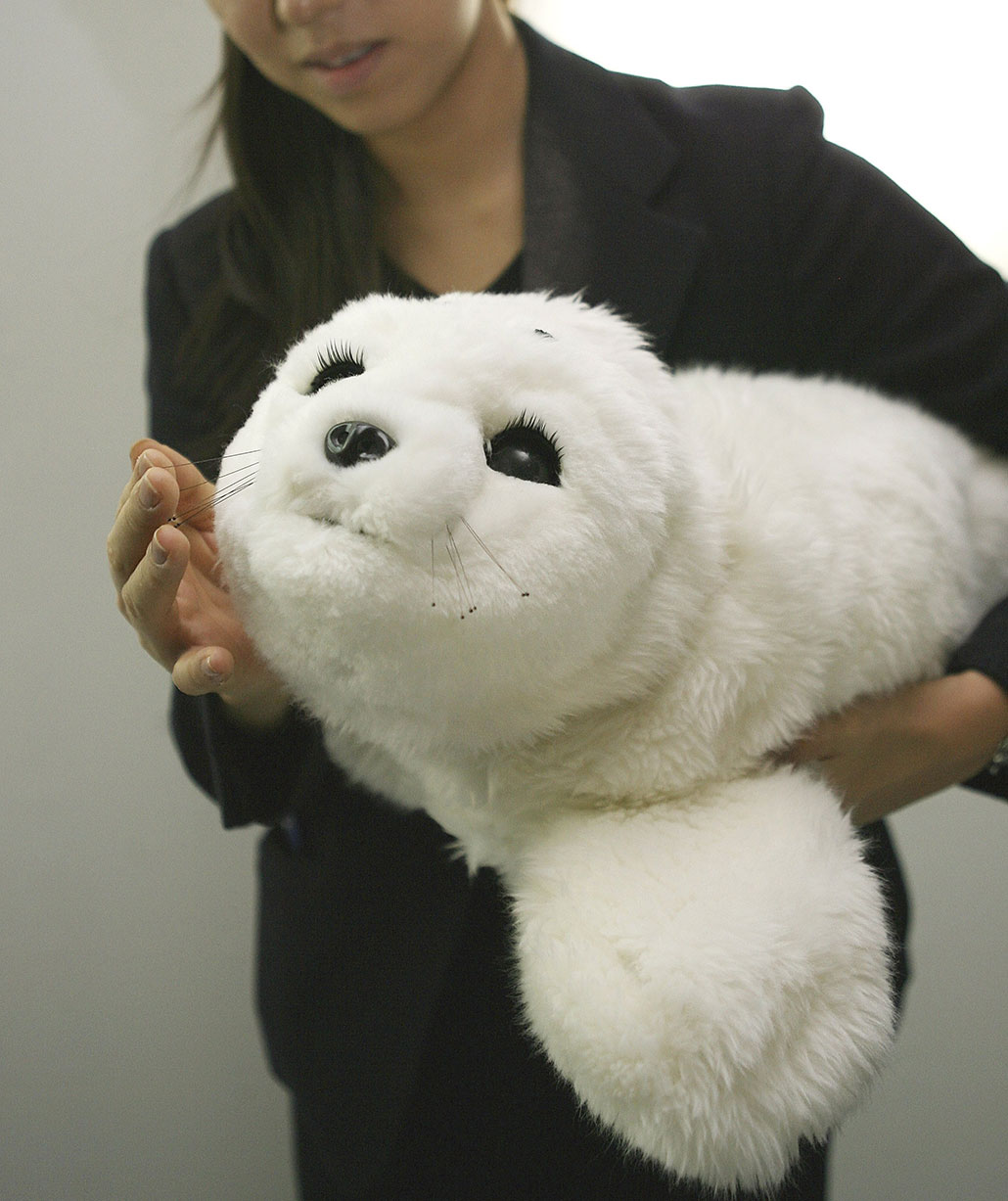
A robot pet isn’t nearly as lovable as a real one. Then again, not everyone can keep a cat or dog. “Pet-like robots can be especially useful in environments where a real pet wouldn’t be allowed,” points out Julie Robillard. Also, a mechanical pet offers some benefits. For instance, “There is no poop to pick up!” Robillard is a neuroscientist and expert in brain-health technology at the University of British Columbia in Vancouver, Canada. She has been studying whether robot friendships might be a good or bad thing for people.
MiRo-E is another pet-like robot. It has been designed to engage with people and respond to them. “It’s able to see human faces. If it hears a noise, it can tell where the noise is coming from and can turn in the direction of the noise,” explains Sebastian Conran. He co-founded Consequential Robotics in London, England. It makes this robot.
If someone strokes MiRo-E, the robot acts happy, he says. Talk to it in a loud, angry voice and “it will glow red and run away,” he says. (Actually, it’ll roll away; it travels on wheels). Right out of the box, this robot comes with these and other basic social skills. The real goal is for kids and other users to program it themselves.
With the right code, Conran notes, the robot could recognize people or tell if they are smiling or frowning. It could even play fetch with a ball. He doesn’t go so far as to call MiRo-E a friend, though. He says a relationship with this type of robot is possible. But it would be most similar to the kind of relationship a child might have with a teddy bear or that an adult might have with a beloved car.
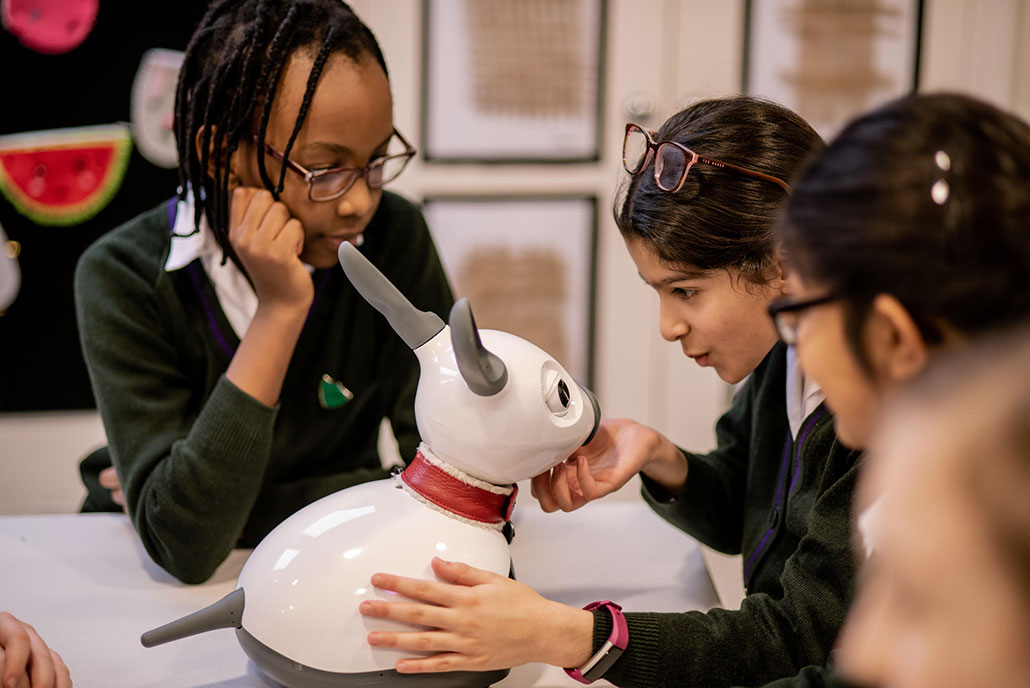
A childhood dream
Moxie is a different sort of social robot. “It’s a teacher disguised as a friend,” says Paolo Pirjanian. He founded Embodied, a company in Pasadena, Calif., that makes Moxie. Bringing a lovable character to life as a robot was his childhood dream. He wanted a robot that could be a friend and a helper, “maybe even help with homework,” he jokes.
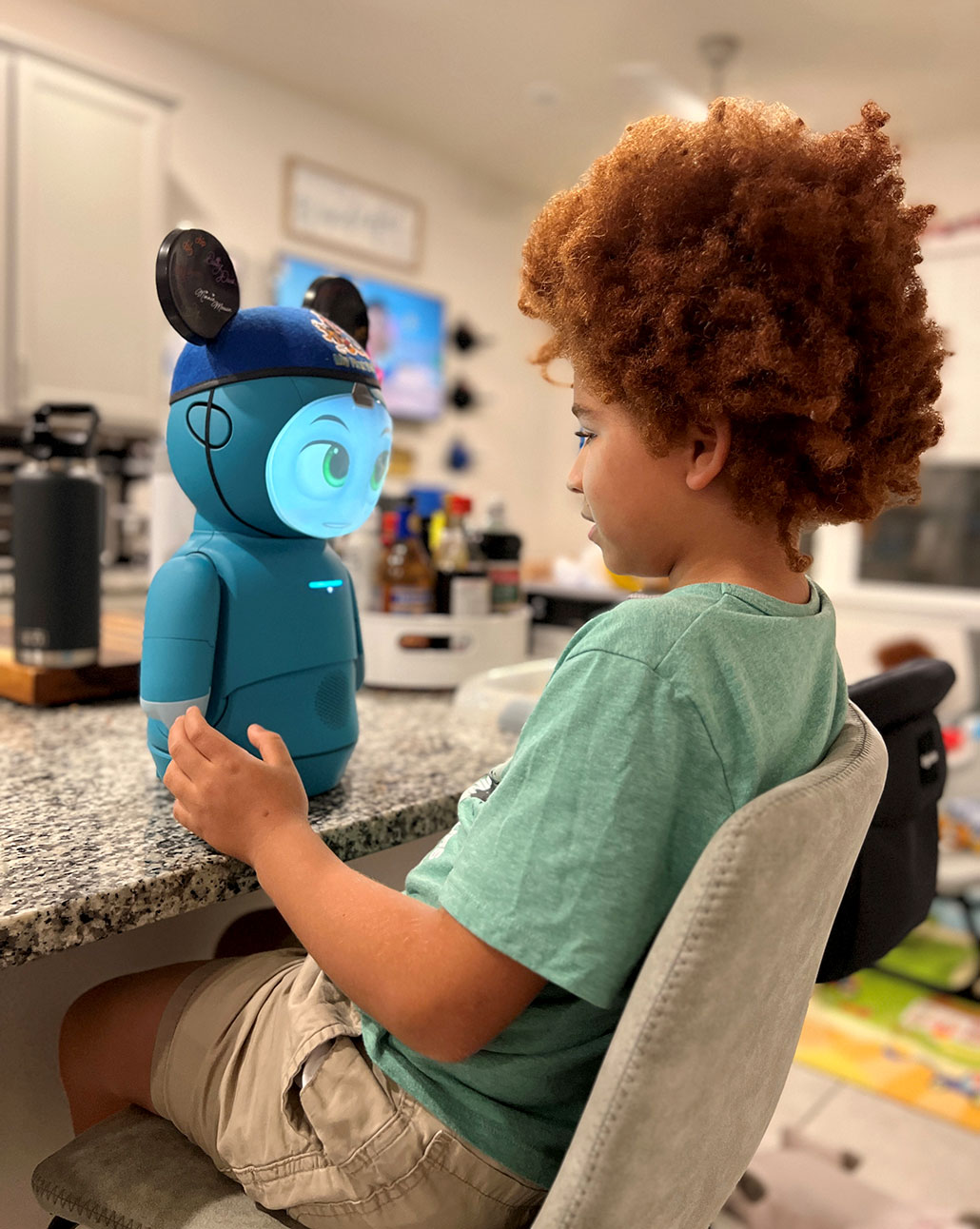
In fact, Moxie doesn’t do your homework. Instead, it helps with social and emotional skills. Moxie has no legs or wheels. It can swivel its body, though, and move its arms in expressive ways. It has a screen on its head that displays an animated cartoon face. It plays music, reads books with kids, tells jokes and asks questions. It can even recognize emotions in a human’s voice.
Moxie tells kids that it is trying to learn how to become a better friend to people. By helping the robot with this, kids end up learning new social skills themselves. “Children open up and start talking to it, as if with a good friend,” says Pirjanian. “We have seen children confiding in Moxie, even crying to Moxie. Children also want to share exciting times of their life and experiences they’ve had.”
The idea of kids spilling out their hearts to a robot makes some people uncomfortable. Shouldn’t they be confiding in people who actually understand them and care about them? Pirjanian admits this is something that his team thinks about — a lot. “We definitely have to be careful,” he says. The best artificial intelligence (AI) language models are starting to converse with people in a way that feels natural. Add this to the fact that Moxie mimics emotion so well, and kids may get tricked into believing it’s alive.
To help prevent this, Moxie is always very clear with kids that it is a robot. Also, Moxie can’t yet understand things like TV shows or recognize toys that kids show it. Pirjanian’s team hopes to overcome these problems. But his goal is not for kids to become best friends with a robot. “We are successful,” he says, “when a child no longer needs Moxie.” That will be when they have strong enough social skills to make lots of human friends.
‘I’m ready for a hug!’
HuggieBot may seem simple in comparison to MiRo-E or Moxie. It can’t chase a ball or chat with you. But it can do something very few other robots do: It can ask for hugs and give them out. Hugging, it turns out, is really difficult for a robot. “It’s so much harder than I initially thought,” finds Block of UCLA and the Max Planck Institute.
This robot has to adjust its embrace to people of all sizes. It uses computer vision to estimate someone’s height so that it raises or lowers its arms to the right level. It must gauge how far away someone is so it can start closing its arms at just the right time. It even has to figure out how tight to squeeze and when to let go. For safety, Block used robot arms that are not strong. Anyone can easily push the arms away. Hugs also need to be soft, warm and comforting — words not typically used with robots.
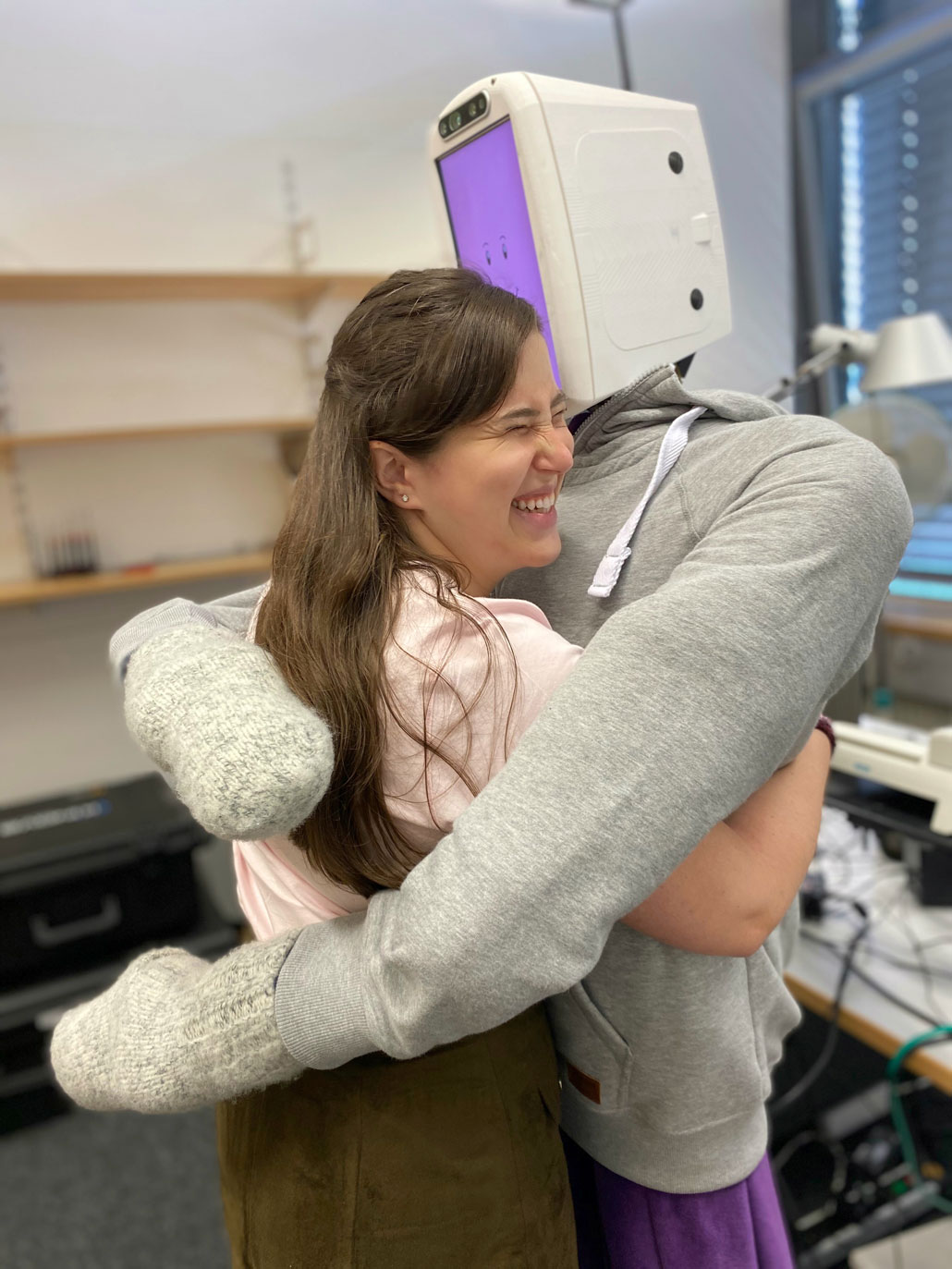
Block first started working on a hugging robot back in 2016. Today, she’s still tinkering with it. In 2022, she brought the current version (HuggieBot 4.0) to the Euro Haptics conference, where it won an award. Her team set up a demonstration booth for attendees. When someone walked by, the robot would say, “I’m ready for a hug!” If that person approached it, the robot would carefully wrap its padded, heated arms around them in an embrace. If its human partner patted, rubbed or squeezed while hugging, the robot would perform similar gestures in response. These comforting actions “make the robot feel so much more alive,” says Block.
Early in her work, Block says, many people didn’t understand the point of a hugging robot. Some even told her the idea was stupid. If they needed hugs, they told her, they’d just hug another person.
But at that time, Block lived far from her family. “I wasn’t able to fly home and get a hug from Mom or Grandma.” Then, the COVID-19 pandemic struck. Many people were unable to hug loved ones because of safety concerns. Now, Block rarely gets such negative responses to her work. She hopes that hugging robots will eventually help connect people to each other. For example, if a university had such a robot, then students’ moms and dads could send customized hugs via a HuggieBot.
Sharing laughs
Many social robots, including Pepper and Moxie, converse with people. These chats often feel mechanical and awkward — and for many different reasons. Most importantly, no one yet knows how to teach a robot to understand the meaning behind a conversation.
It’s possible, however, to make such chats feel more natural, even without the robot understanding anything. People make many subtle gestures and sounds when they talk. You may not even realize you’re doing this. For example, you may nod, say “mhmm” or “yeah” or “oh” — even laugh. Roboticists are working to develop chatting software that can respond in similar ways. Each type of response is a separate challenge.
Divesh Lala is a roboticist at Kyoto University in Japan. He recalls watching people talk with a realistic social robot called Erica. “A lot of times they’d laugh,” he says. “But the robot wouldn’t do anything. It would be uncomfortable.” So Lala and a colleague, roboticist Koji Inoue, went to work on this issue.
The software they designed detects when someone laughs. Based on how that laugh sounds, it decides whether to laugh, too — and what type of laugh to use. The team had an actor record 150 different laughs.
If you just chuckle, Lala says, the robot is “less likely to want to laugh with you.” That’s because a very small laugh could mean you’re just releasing tension. For example, “I forgot to brush my teeth this morning, haha. Oops.” In this case, if the person you were chatting with also laughed, you might feel even more embarrassed.
But if you tell a funny story, you’ll probably laugh louder and longer. “My cat tried to steal my toothbrush while I was brushing! HAHAHA!” If you use a big laugh, “the robot responds with a big laugh,” says Lala. The vast majority of laughs, though, fall somewhere in between. These “social” laughs just indicate you’re listening. And they make chatting with a robot feel a bit less awkward.
Lala did this work to make robots more realistic companions for people. He gets how it can be troubling if a social robot might deceive someone into thinking it really cares. But he also thinks that robots that appear to listen and show emotions can help lonely people feel less isolated. And, he asks, “Is it such a bad thing?”
A new kind of friendship
Most people who interact with social robots understand that they are not alive. Yet that doesn’t stop some people from talking to or caring for robots as if they were. People often give names to even lowly vacuum-cleaning machines, such as Roomba, and may treat them almost like family pets.
Before he started building Moxie, Pirjanian helped lead iRobot, the company that makes Roomba. iRobot would often get calls from customers whose robots needed repairs. The company would offer to send out a brand-new one. Yet most people said, “No, I want my Roomba,” he recalls. They didn’t want to replace the robot because they’d grown attached to it. In Japan, some people have even held funerals for AIBO robot dogs after they stopped working.
Clearly, some folks are already forming relationships with robots. This can be a problem if someone neglects their relationships with people to spend more time with a machine. Some people already spend excessive amounts of time playing video games or looking at social media. Social robots could add to the list of entertaining but potentially unhealthy technology. It’s also extremely costly to develop and build social robots. Not everyone who would benefit from one can afford one.
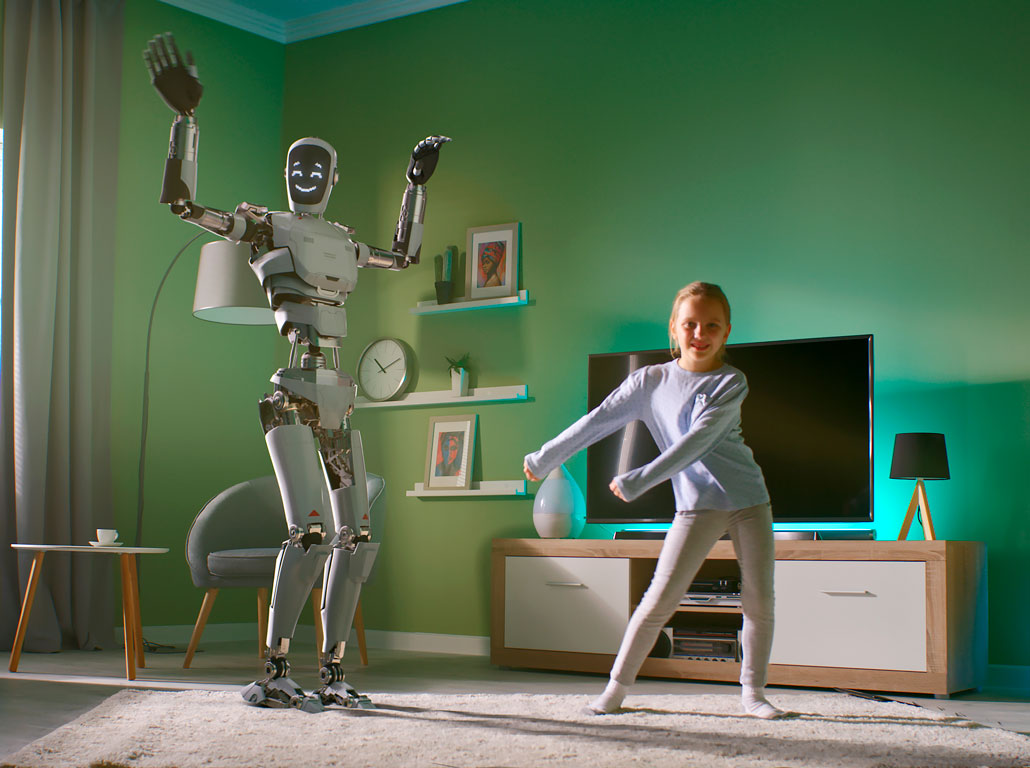
But relating to robots can have its benefits. Other people won’t always be available when someone needs to talk or get a hug. The COVID-19 pandemic taught us all how difficult it can be when it’s not safe to spend time in-person with our loved ones. Although not ideal companions, social robots might be better than no one.
Robots also can’t understand what people are saying or going through. So they can’t empathize. But they don’t really have to. Most people talk to their pets even though these animals don’t understand the words. The fact that an animal can react with a purr or a wagging tail is often enough to help someone feel a bit less lonely. Robots can perform a similar function.
Similarly, robot hugs will never feel the same as actually hugging a loved one. However, mechanical hugs do have some upsides. Asking for a hug from someone, especially someone who’s not a very close friend or family member, may feel scary or awkward. A robot, however, “is just there to help you for whatever you need,” says Block. It can’t care about you — but it also can’t judge or reject you.
The same goes for chatting with robots. Some neurodivergent people — such as those with social anxiety or autism — may not feel comfortable talking to others. Technology, including simple robots, can help them open up.
Perhaps someday, someone will build a true R2-D2. Until then, social robots offer a new and intriguing type of relationship. “Robots could be like a friend,” Robillard says, “but also like a toy — and like a tool.”







